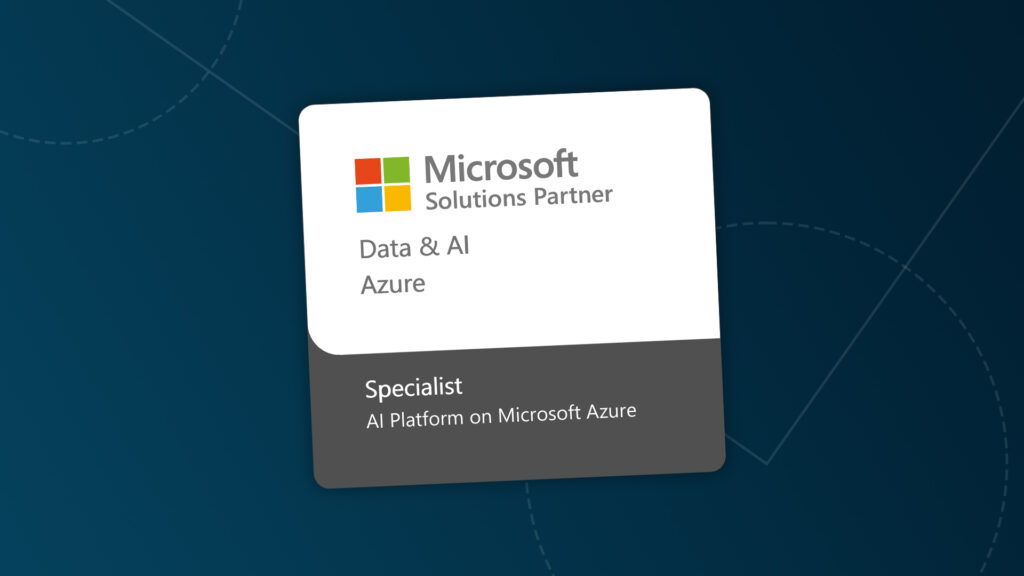A practical guide to achieving real-world business excellence
Introduction
Sustainable profitable growth – well above market average – is a goal of many businesses. Research by Bain & Co pointed to most businesses aiming to outgrow their market by a factor of two to one, with profits of four times the average. Yet only ten per cent of businesses ever achieve their stated goal.
Too many businesses take short-term, inappropriate actions in a vain attempt to succeed. The most tempting and most common is to book ‘bad’ profits, often at the expense of the customer. Examples abound: the mobile phone provider that offers lower prices to new customers only; the airline that charges you to sit next to your partner or children; the car rental company that charges punitive refilling fees; the bank that charges excessive fees for a letter; the insurance company that quibbles over settling a legitimate claim.
Studies show that typical businesses book between 25% and 50% of bad profits. Booking bad profits at the expense of the customer – at best delivers short term benefits only – at worst it creates long-term resentment and brand damage, stifling longer-term profitable growth. Put another way, if you treat customers badly today, you do not deserve nor will you receive their loyalty.
Work by Bain & Co shows causal links between high customer loyalty and high profitable growth. Across multiple industries and varying sizes of enterprise – those with high loyalty scores outperformed their competitors by a wide margin.
Seven Steps to Driving Customer Loyalty
Satisfaction is not the same as loyalty. Nor is loyalty only about customer service.
Satisfaction is a poor measure of customer loyalty. Satisfaction is about doing the basics right, having good products, fixing or eliminating errors, or being friendly. In many ways, satisfaction is a hygiene factor (as described by Maslow in his Hierarchy of Needs). Bain provided further evidence of the lack of correlation between satisfaction and loyalty with micro-level research; with one client 85% of their lost customers reported being satisfied with the service they had been receiving – yet they still left.
In order to achieve high levels of customer loyalty, a business needs to be able to delight or ‘wow’ its customers. This means doing one of two things: 1) delivering exceptional products well or 2) delivering good products exceptionally. Executives need to take a clinical look at their own products and their own service delivery to assess how well they match up to these two tests.
The process of achieving superior loyalty (and hence superior profits and growth) can be broken down into seven steps:
- Identify the most attractive segments and understand their needs. Most businesses begin by selling ‘anything’ to ‘anyone’. They evolve and become more focused in their approach, yet many find it hard to resist the temptation for easy revenues and easy profits – by selling ‘almost anything’ to ‘almost anyone’. Identifying the most attractive slices of the market (biggest opportunity, best fit, most profitable, least competitive, closest to core…) is the vital first step if a reputation for being exceptional is to be achieved.
- Design differentially better value propositions. Once you have a clear idea of your ideal segments, then having an equally clear idea of the customers’ needs is next. Designing products that are clearly better than the current competition at addressing the discovered needs is theoretically simple – but requires strong leadership to push through.
- Acquire new target customers. This is the normal process of marketing and sales – albeit more targeted and focussed than before steps one and two.
- Deliver superior customer experience. Delivering exception service goes beyond simply responding to customers’ requests and fixing problems. The requirement is to delight, surprise and wow the customer. Implementing changes in front-line functions that can follow through on this is extremely difficult – not least because it is difficult to get timely feedback and to measure how well you are doing. Certainly, the changes required will touch many aspects of the business from recruitment, training, incentives, management and leadership.
- Grow share of wallet for target customers. A customer who is delighted with one product or service from you is much more likely to buy another. And without the overhead of having to re-acquire the customer for subsequent products, the overall profitability of the business increases.
- Drive loyalty and retention. As customers stay longer, the life-time value you receive from them increases – as does the level of referral. We can all understand how this lack of attrition provides the foundation for growth.
- Retain more profit to out invest and outgrow the competition. Loyal customers, spending more – combined with lower acquisition costs – results in more profit. These profits can be used to innovate, enter new markets, develop brand power – and accelerate past the competition.
Using Net Promoter Score to measure and drive progress
“Have I treated you in a way that deserves your loyalty…?”
Loyalty is hard to measure. Most business functions rely upon Key Performance Indicators developed over hundreds of years that are understood, bench-marked and proven. Tools for managing profit have strict standards; all businesses follow them and are able to compare their own results with their peers. If we accept that loyalty is a driver of long term profit – then a way to measure loyalty is critical – such a measure would be a powerful ‘leading indicator’ on any balanced scorecard.
We have already dismissed customer satisfaction as a valid measure. This, amongst other things, led Bain, Satmetrix and Fred Reichheld to develop a loyalty measure called Net Promoter Score (NPS). The purpose of NPS is to measure how well a business and its employees treat their customers – and – provide micro-level feedback as to make the necessary changes to improve the score (by which we mean improve loyalty).
Net Promoter is:
- An operating metric that describes the health of the customer balance sheet
- A leading (as opposed to lagging) indicator of growth on a ‘Balanced Score Card’ (see related article on Balanced Score Cards)
- A way to provide a singular focus for the business to focus on customer experience improvement
- A diagnostic tool for understanding opportunities to improve at the ‘Moments of Truth’ (as described by Jan Carlzon in his book of the same name).
- An enabler for creating a closed-loop process that can improve the customer relationship
Net Promoter is not:
- A replacement for other types of research, which can probe specific areas or provide deeper qualitative insight.
- A reason to wait until customers complain before addressing their issues with the experience.
- A metric that will improve before the right changes are made in the customer experience and they have had time to perceive the changes
- A substitute for institutional passion around improving the customer experience.
NPS methodology relies on just two questions:
- How likely are you to recommend us to a friend or colleague?
- What can we do to improve what we do?
The first question is powerfully simple – it probes both the rational (head) and the irrational (heart) of the customer. Before answering, the customer has to think about their own reputation and credibility. You only have to think about a personal situation where someone might ask you to recommend the best restaurant to take a special guest to – or your advice on a great school for their child. The questions make you stop and think; you only recommend if you’re sure.
In order to provide a global benchmark, the responses to NPS surveys must be on a fixed scale of zero to ten (not one to ten), where zero means ‘very unlikely’ and ten means ‘very likely’. The responses a categorised into those who are:
- Promoters – score 9 or 10
- Neutrals – score 7, or 8
- Detractors – score 0, 1, 2, 3, 4, 5 or 6
To calculate your NPS simply subtract the percentage of Detractors from the percentage of Promoters (the Neutrals are ignored).
The result is expressed as a percentage and range from -100% through to 100%. It is not uncommon for negative scores to pervade certain industries; scores of over 70% are considered to be world-class.





